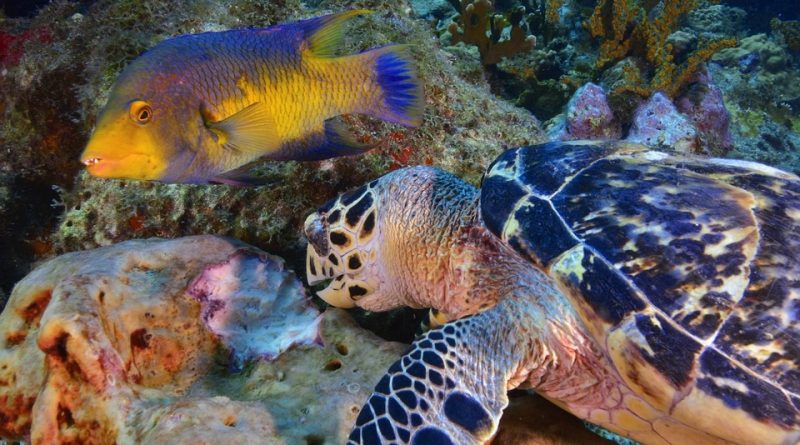Plastic waste and marine environment
Plastic waste and marine environment
Plastic production has reached levels beyond imagination in recent years and the most disconcerting thing is that little or almost nothing is done to remedy this which is said to be one of the greatest ecological catastrophes (as if they were missing) of the third millennium.
In the Mediterranean, for example, plastic waste is changing the life of marine animals, so much so that according to a recent study, the Caretta caretta turtle is the species most subject to entrapment.
According to ISPRA (2019 data), almost 50,000 specimens of 116 different species have ingested plastic waste.
Plastic waste, which contaminates seas and oceans worldwide, is now able to interfere with aquatic life on many levels and none of these can lead to a happy ending. The recent work of ISPRA, included in the chapter of the book “Plastics in the Aquatic Environment – Current Status and Challenges”, updates the scientific literature in reference to the impact of these wastes on marine life in the Mare Nostrum, through a detailed and extensive analysis of all the latest publications on the topic.
The results, as unfortunately expected, confirm that plastic waste is seriously affecting the health and life of numerous organisms, from red coral to sperm whales, constituting a danger on many levels.
According to this study, plastic waste has so far been found in nearly 50,000 specimens of 116 different species. Of these, 59% are represented by bony fish – including those of commercial interest such as sardines, mullets, sea bream, cod, anchovies, tuna, scampi, red prawns – and the remaining 41% made up of other marine animals such as mammals, crustaceans, mollusks, jellyfish, turtles, birds.
In addition to ingestion, the presence of plastics, in various shapes and manufactures, creates further problems such as entrapment: at least 44 marine species are subject to this inconvenience mainly due to old fishing nets, with consequent risk of death by drowning , strangulation or undernutrition.
But it also often happens that waste such as envelopes and bottles become a transport vector for marine organisms or even pathogenic bacteria.
If we add to this the issue related to microplastics and their transmission also at the level of the cells of all living beings, as well as from the data reported during the day of 12 December 2019 of the Blue Movement, at the Cavour room of the Ministry of Agriculture of Rome, by Professor Margherita Ferrante, Head of the Environmental and Food Laboratories (LIAA) Department Ingrassia of Catania, relating to nano and microplastics, then the problem becomes more than alarming in size.
This is because, according to ISPRA, world plastic production has gone from 15 million in 1964 to over 310 million today, and every year at least 8 million tons of plastic waste end up in the world’s oceans.
In fact, in the face of so many alarmisms of the past years, the plastics production trend is increasing.
To limit the damage, the European Union has approved a directive against disposable plastic, which represents one of the main types of plastic waste found in the Mediterranean, but all this is obviously not enough.
It is clear, by now, how the problem related to plastic must be faced in all its phases: above all starting from product design, passing through production, consumption and finally the correct start of recycling of the product once it has become waste.
Therefore, the concrete intervention of all Governments is needed in order to activate, also through what is proposed by Agenda 2030, a serious technological change program that, with a view to implementing the Circular Economy, goes towards incentives in this direction.
Alarmism is useless if you don’t invest in this direction. The most serious question seems to be the usual one: that is, an economic evaluation of these interventions beyond the criterion of the GDP parameter, no longer suitable for resolving issues that are not directly monetizable but of absolute intuition even for the least employed.
Guido Bissanti

